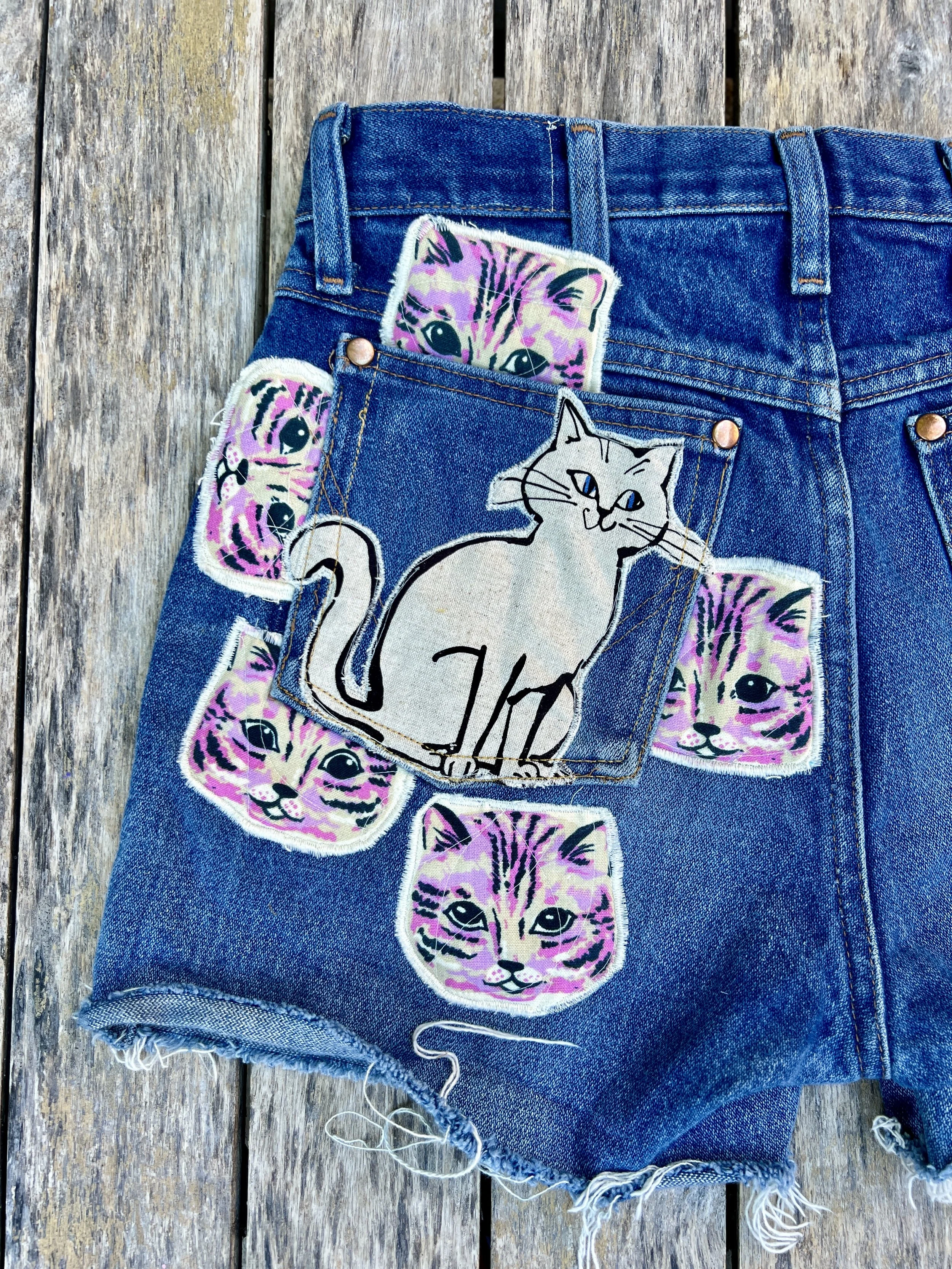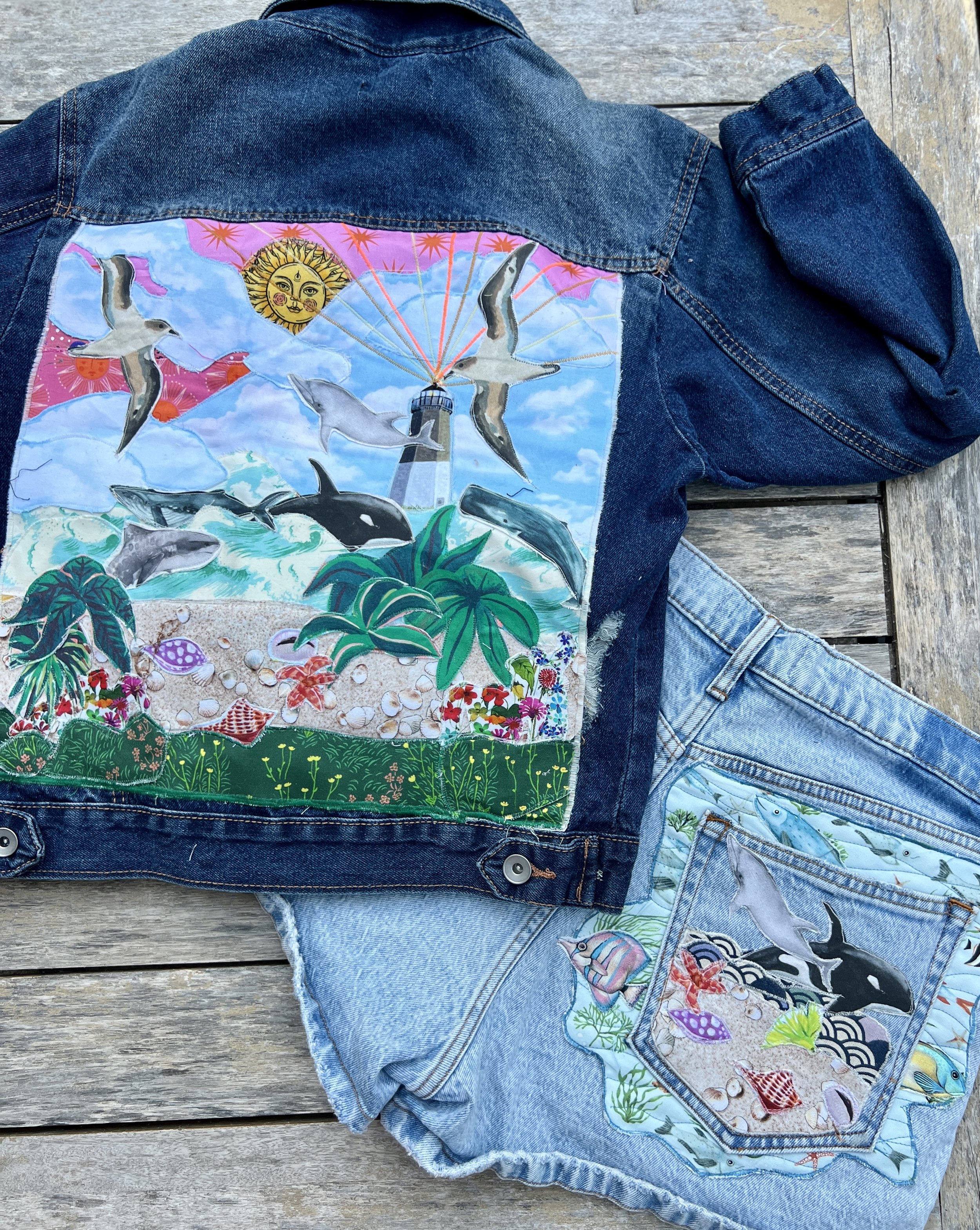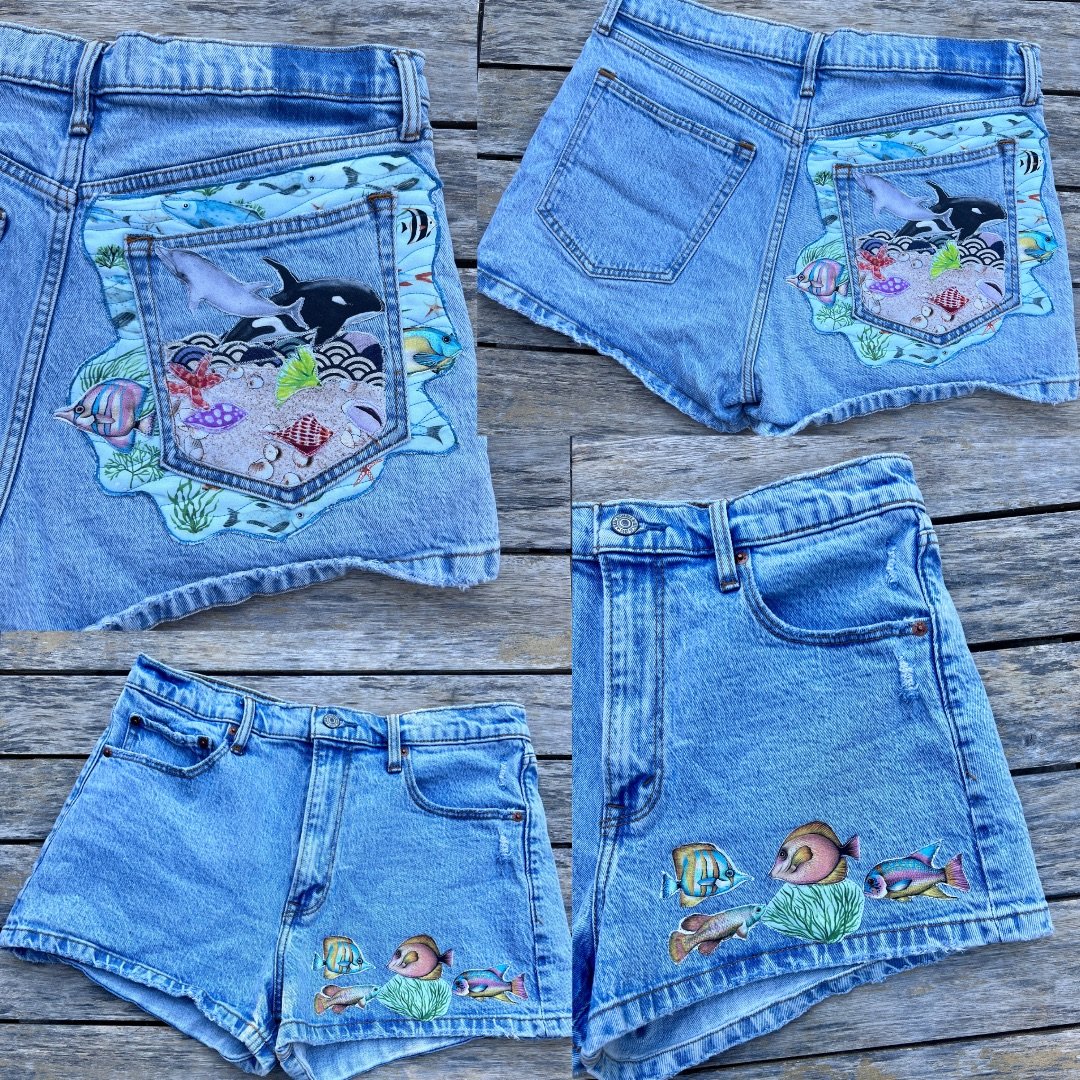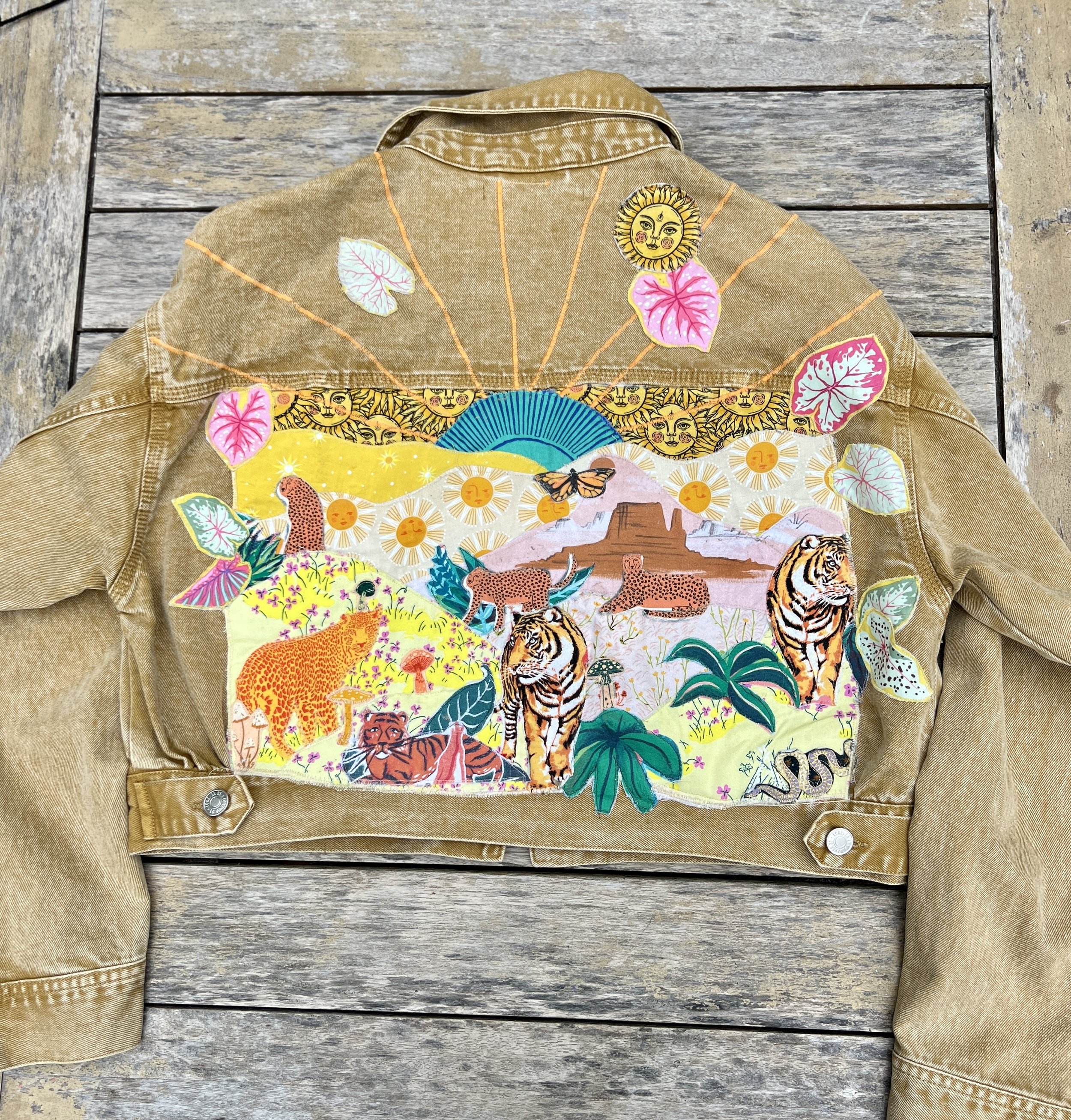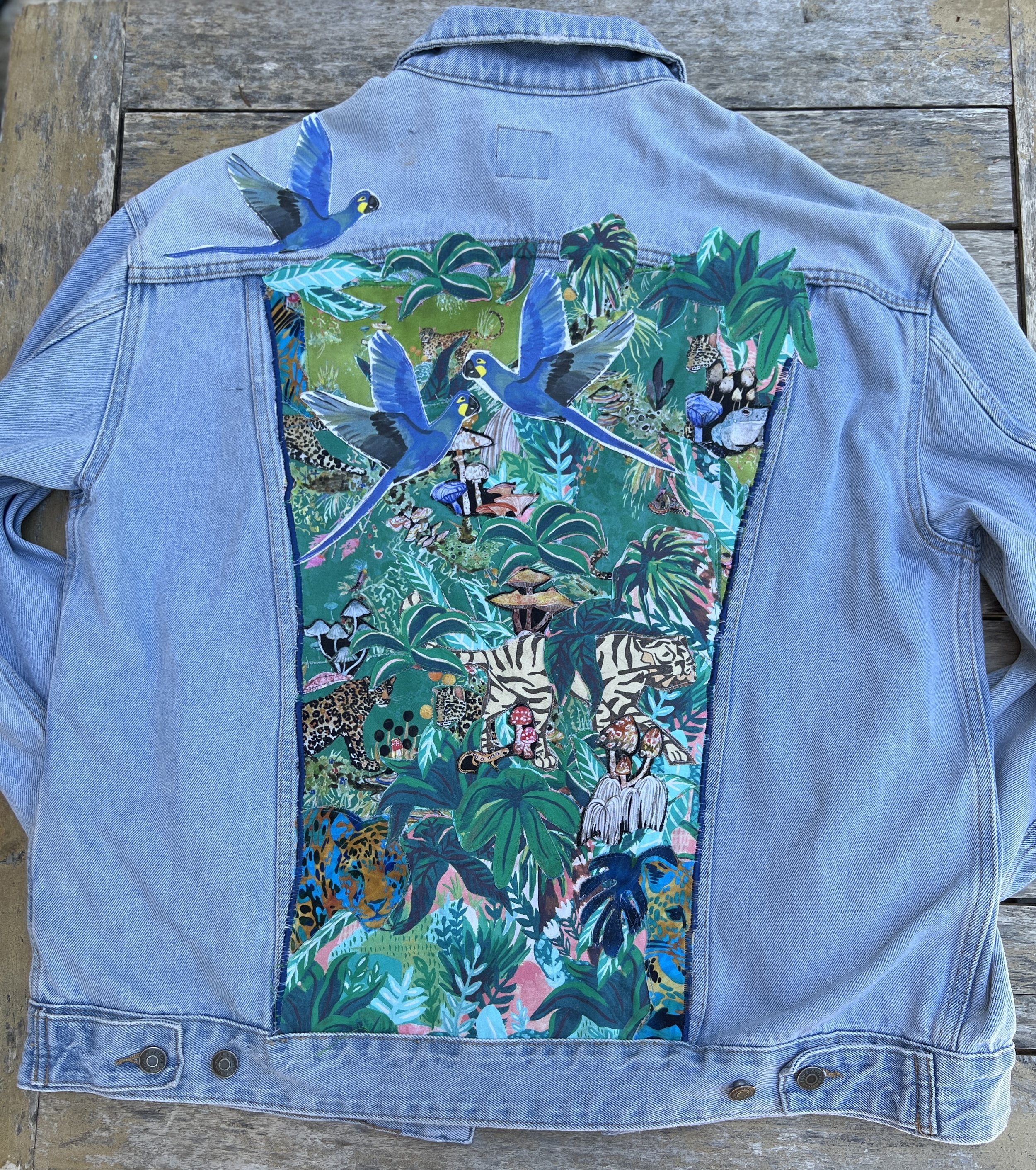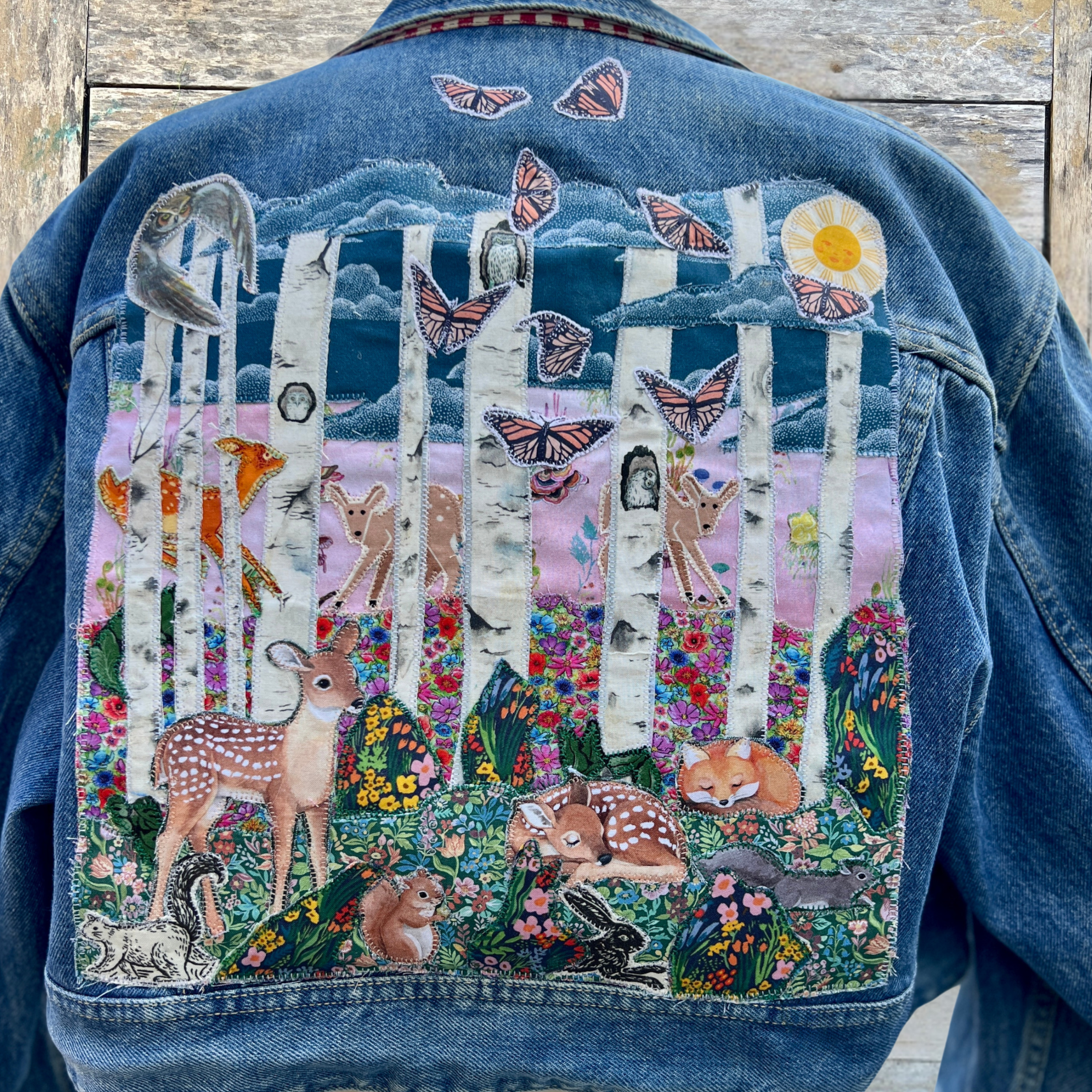




Upcycling clothing keeps textiles out of landfills and reduces the 92 million tons of waste created by the fashion industry every year

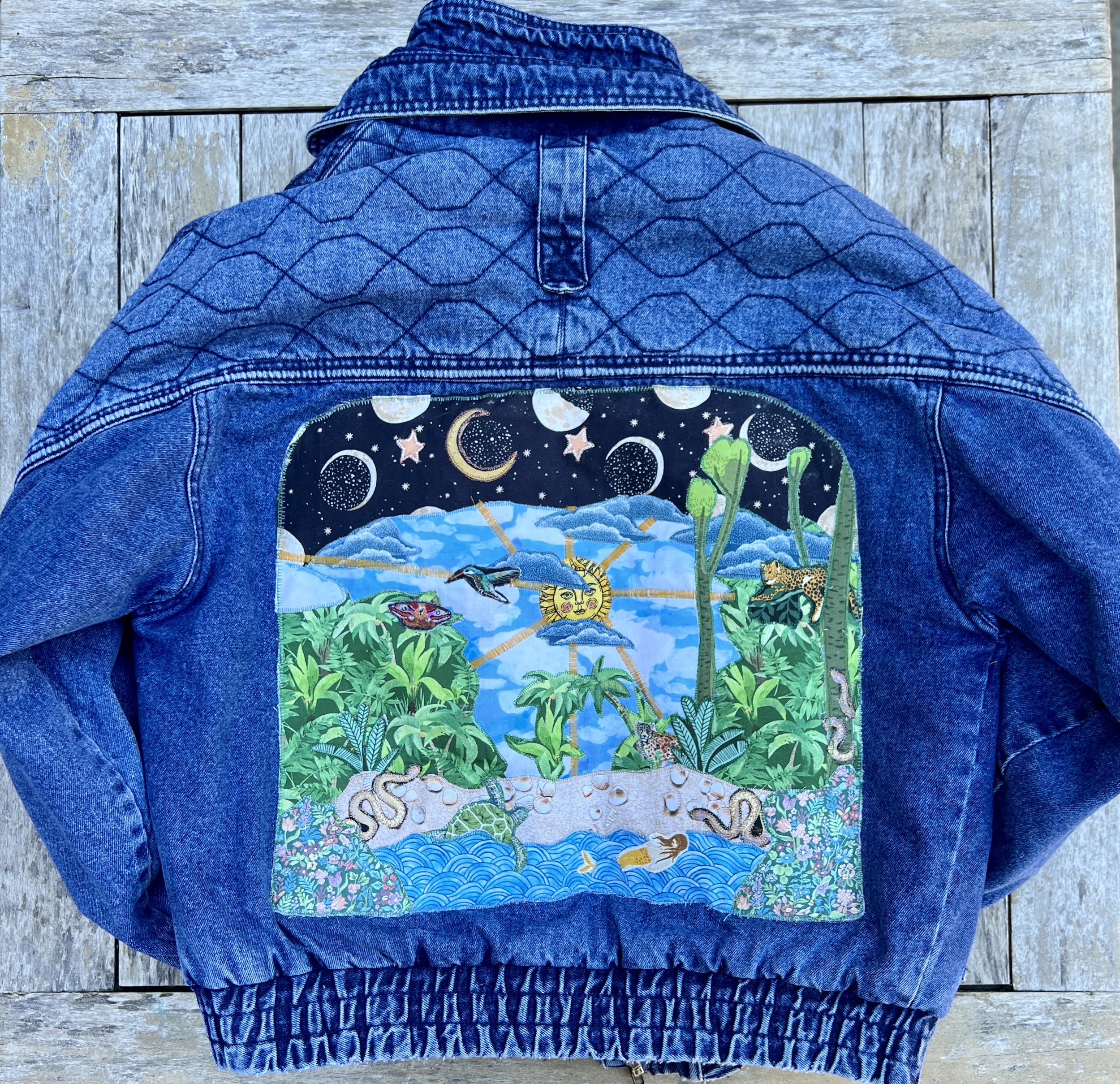




Upcycling clothing saves water—It takes 2,700 liters of water to make just one new T-shirt.



Upcycling clothing reduces carbon emissions caused by the fashion industry, which contributes 10% of global emissions.


Upcycling clothing helps increase the reuse of materials, addressing the fact that less than 1% of textiles are recycled into new clothes

The production of new clothing contributes 10% of global carbon emissions annually. Upcycling significantly reduces the need for energy-intensive manufacturing processes.



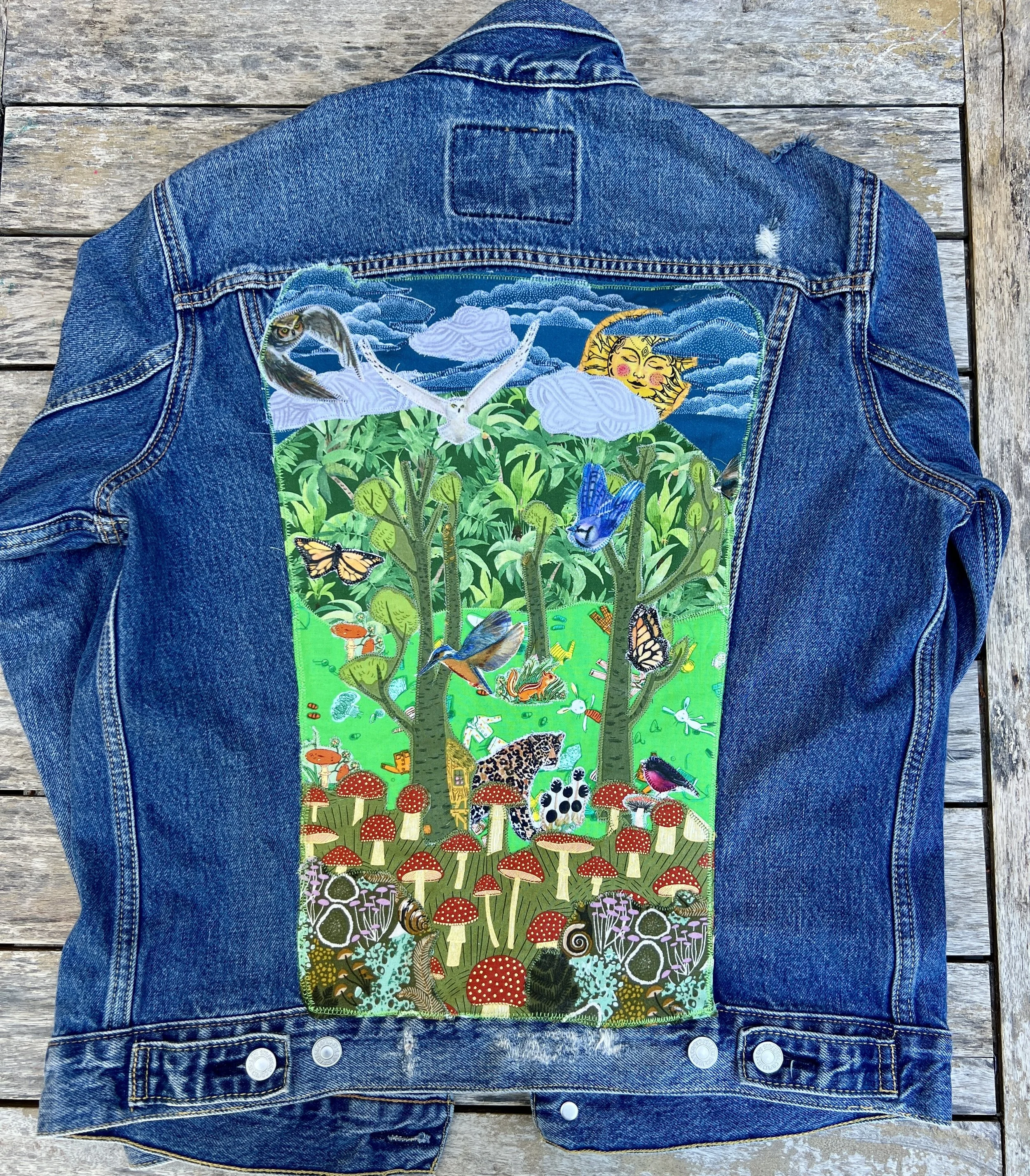
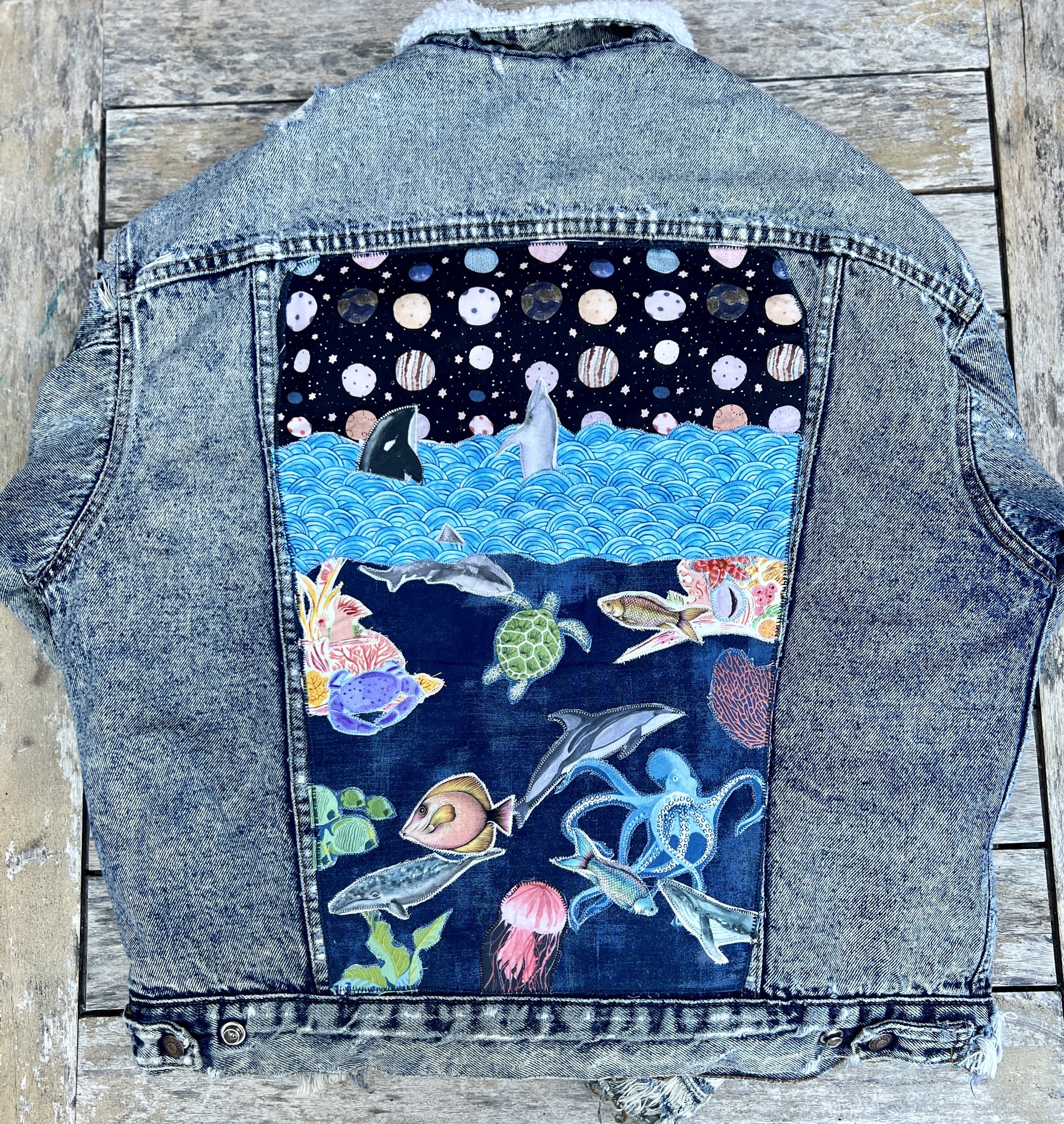
Upcycling clothing reduces waste from fast fashion, where 85% of all textiles end up in landfills every year




Upcycling clothing supports fair and sustainable practices, cutting reliance on unethical production methods


Dyes and treatments used in creating new fabrics release toxic chemicals into the environment. Upcycling eliminates this stage entirely.










Currently, less than 1% of clothing is recycled into new garments. Upcycling boosts this number and promotes sustainable practices in fashion.





Upcycling clothing saves energy by skipping the resource-heavy steps of creating new fabric


